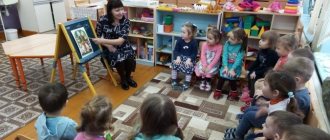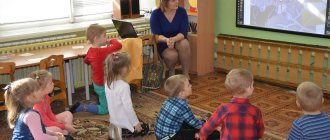Goals and objectives
Since speech therapy rhythms promote the development of general motor skills and speech, by developing motor activity, logorhythms for children help overcome speech barriers. There are correctional, educational, educational tasks.
Corrective tasks include solving the main problem - speech pathologies in preschool children. Educational tasks introduce children to the concepts of rhythm, register, and tempo. Educational tasks form in preschoolers the ability to move correctly to musical accompaniment and to be critical of their movements and speech.
What kids can't do without logorhythmics?
Speech is a rather complex process. It involves different mechanisms: breathing, the work of the oral cavity, and the nervous system. The failure of one component causes problems in the entire speech process.
Logorhythmics classes are most needed for children with complex speech disorders. For example, children with a history of aphasia. Aphasia is a violation of already formed speech. With this disease, the perception of speech itself is also impaired. The task of the teacher in this case is to teach the preschooler to recognize speech addressed to him and to respond to it.
Classes are important for children with speech underdevelopment (OND and FFND), in which phonetics and the semantic side of speech suffer. Children with this disease get tired quickly and have difficulty learning material. With the help of logorhythmics, teachers help children overcome psychological barriers and adapt socially.
Speech therapy rhythms have a positive effect on children with stuttering and dysarthria - exercises, including breathing ones, create the necessary psychological mood and motivation.





